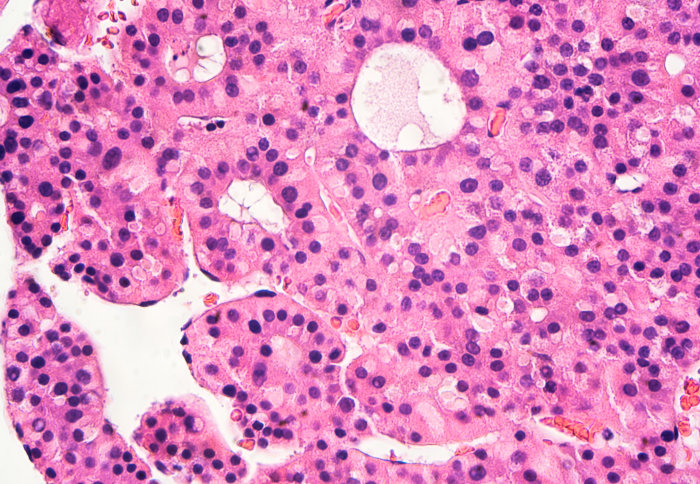On average, however, a human cell is about twenty microns wide—that is about two hundredths of a millimeter—which is too small to be seen but roomy enough to hold thousands of complicated structures like mitochondria, and millions upon millions of molecules. In the most literal way, cells also vary in liveliness. Your skin cells are all dead. It's a somewhat galling notion to reflect that every inch of your surface is deceased. If you are an average-sized adult you are lugging around about five pounds of dead skin, of which several billion tiny fragments are sloughed off each day. Run a finger along a dusty shelf and you are drawing a pattern very largely in old skin.

Most living cells seldom last more than a month or so, but there are some notable exceptions. Liver cells can survive for years, though the components within them may be renewed every few days. Brain cells last as long as you do. You are issued a hundred billion or so at birth, and that is all you are ever going to get. It has been estimated that you lose five hundred of them an hour, so if you have any serious thinking to do there really isn't a moment to waste. The good news is that the individual components of your brain cells are constantly renewed so that, as with the liver cells, no part of them is actually likely to be more than about a month old. Indeed, it has been suggested that there isn't a single bit of any of us—not so much as a stray molecule—that was part of us nine years ago. It may not feel like it, but at the cellular level we are all youngsters.












